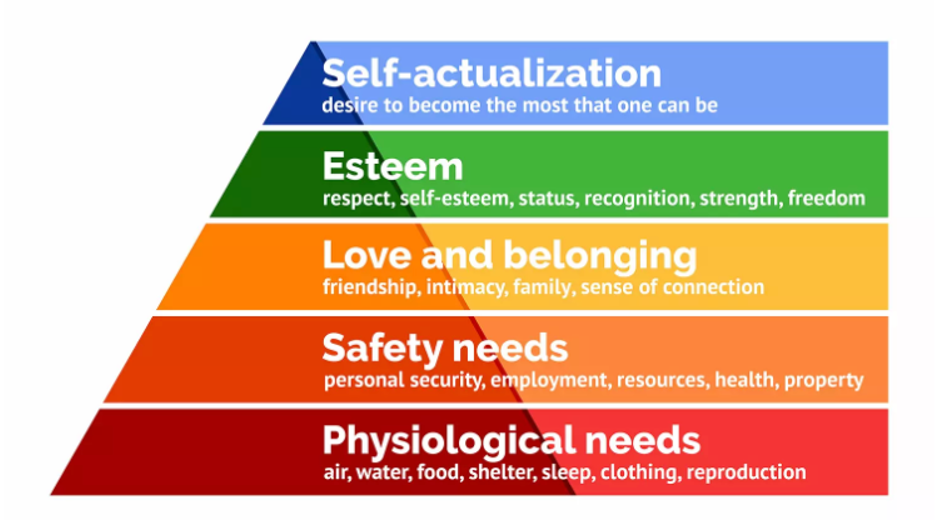America’s housing standard is subpar. The golden standard in home safety is the National Healthy Home Standard. The standard demands health requirements like functional sanitary equipment, heating and cooling, and the lack of lead, asbestos, and mold in the home. The standard sounds great until you read it’s voluntary. In reality — the standard is a suggestion.
The standard’s adoption has been lackluster. In 2015, the standard was recommended to be implemented in 25 communities across the nation. Out of 25 recommendations, only two localities adopted the standard. The standard is ineffective, and that’s problematic.
The United States badly needs a new standard. Take the state of Ohio — which has one of the oldest housing stocks in the U.S. One in four housing units were built before 1950. To this point, 25% of renters experience severe housing problems like non-functional sanitation, overcrowding, and cost-burdened lodging. In Ohio and nationally — health hazards like these are disparately encountered and endured by minorities.
A healthy home promotes academic and occupational success while it deters violence. Data shows a child’s home history impacts later academic and occupational success. A healthy home prevents moving from home to home. One move during childhood is associated with half a year’s loss in educational attainment. Moreover, moving three or more times is tied to a 52% lower income in adulthood.
On another note, an unhealthy home harbors violence. Intimate partner violence is troublingly associated with housing instability. Internalization of intimate partner violence is linked to children perpetrating violence on others. Moving and intimate partner violence both degrade a dependable parent-peer support system. This breeds loneliness and impressionableness in children. Extremists target these compromised children as they turn to social media and the internet for companionship.
Regarding modern threats of domestic extremism, we are in a post-organizational world. Post 9/11 — infamous extremists groups are widely replaced by lone wolf terrorists who radicalize on the web. Because these individuals operate online — away from extremist organizations — their acts of terror are often difficult to identify and disrupt.
We need proactive policy that can deter acts of domestic extremism before they even occur. Protective factors — like a hazard-free home — are fortunately tied to a reduction in community violence and a stronger familial relationship. Maslow’s hierarchy of needs backs this up.

Maslow says needs lower on the hierarchy must be satisfied before an individual can tend to a higher tier. So, if a home standard can provide a healthy home that services physiological and safety needs, we can now focus on building family, friends, and a sense of community — which are all huge deterrences to acts of domestic extremism.
Yet not all homes are hazard-free, violence-free, or meet resident needs. Recently, minorities and low-income Americans suffered during the pandemic — taking classes at homes without heating or cooling, without a stable internet connection, and without close proximity to sanitation and food.
The infrastructure of the home was tested during the pandemic, and it failed. How can policymakers meet housing’s physiological and safety needs to deter domestic extremism?
They should look to the United Kingdom. The U.K. actually mandated their housing standard for public housing — notably requiring the revitalization of housing stocks 20 years and older. This mandate decreased the safety failure rate in U.K. homes from 35% in 2005 to 19% by 2015.
What the U.S. can glean stands two-fold.
- U.S. policymakers should mimic the U.K. — mandating the National Healthy Home Standard for public housing as a trial of effectiveness.
- The U.S. should also adopt the U.K.’s commitment to revisit and revitalize housing stocks older than 20 years.
The United States needs to draft and uphold a new housing standard. Not only to support academic and occupational success but to foster protective factors that deter intergenerational violence and domestic extremism across the nation.